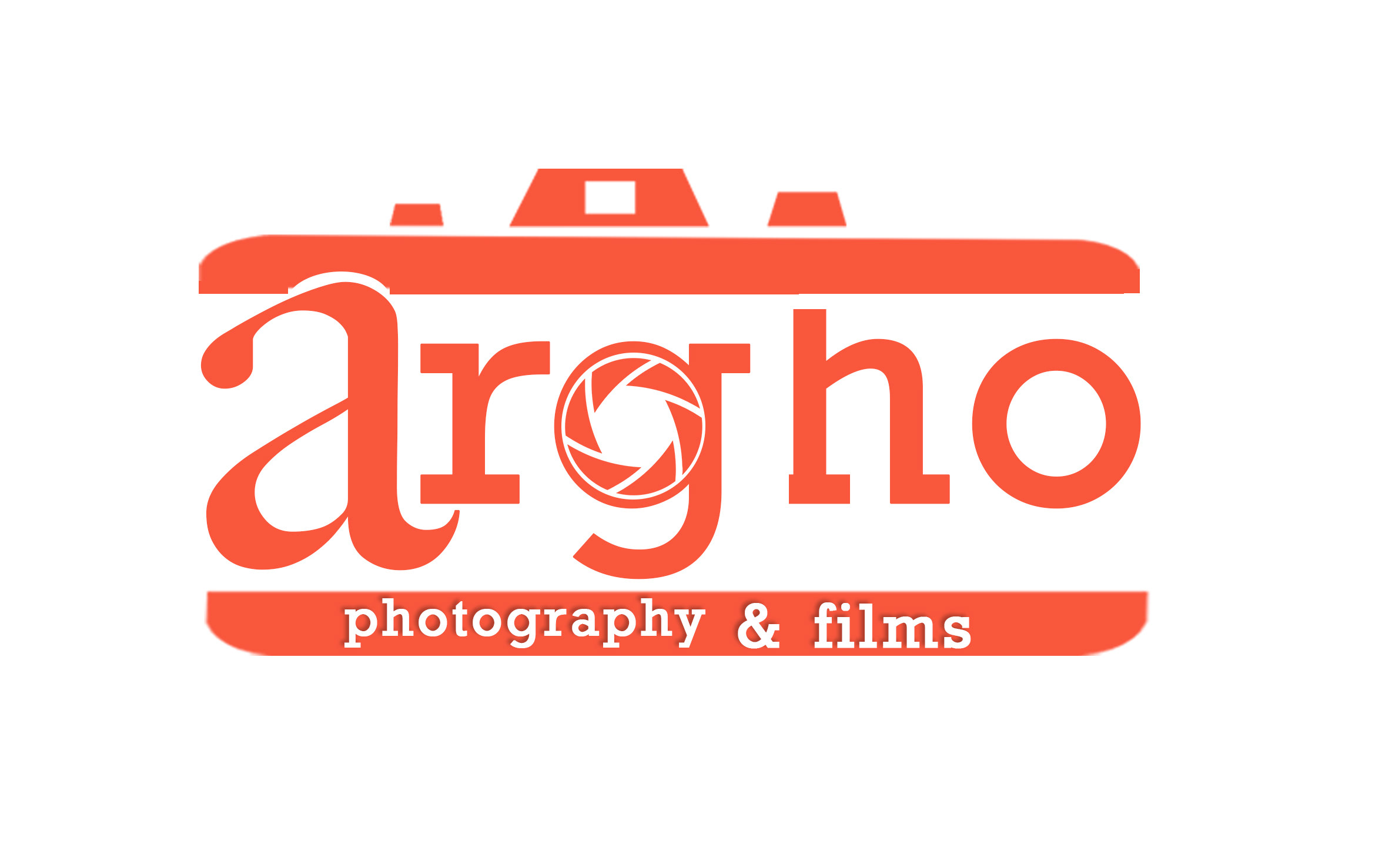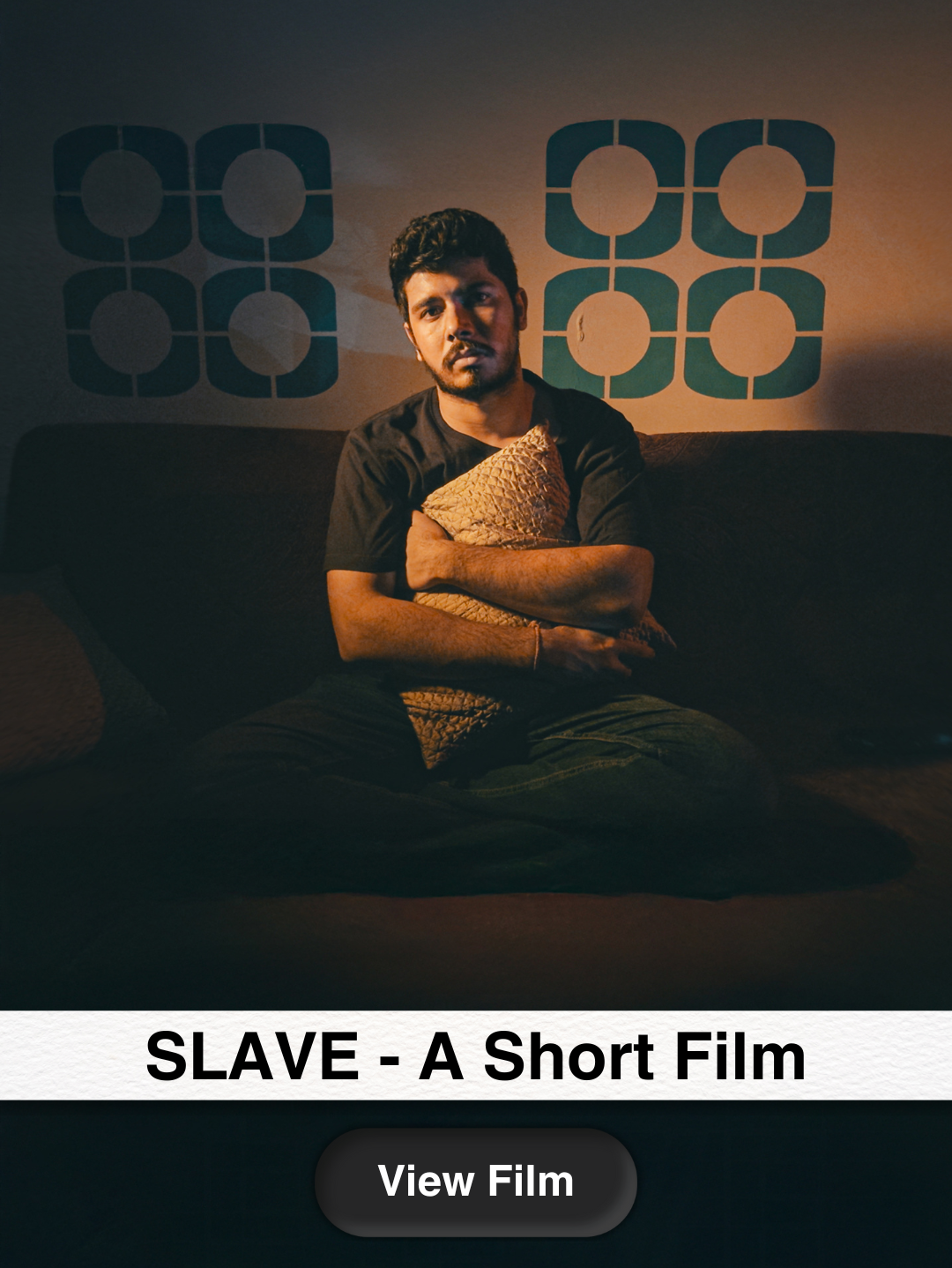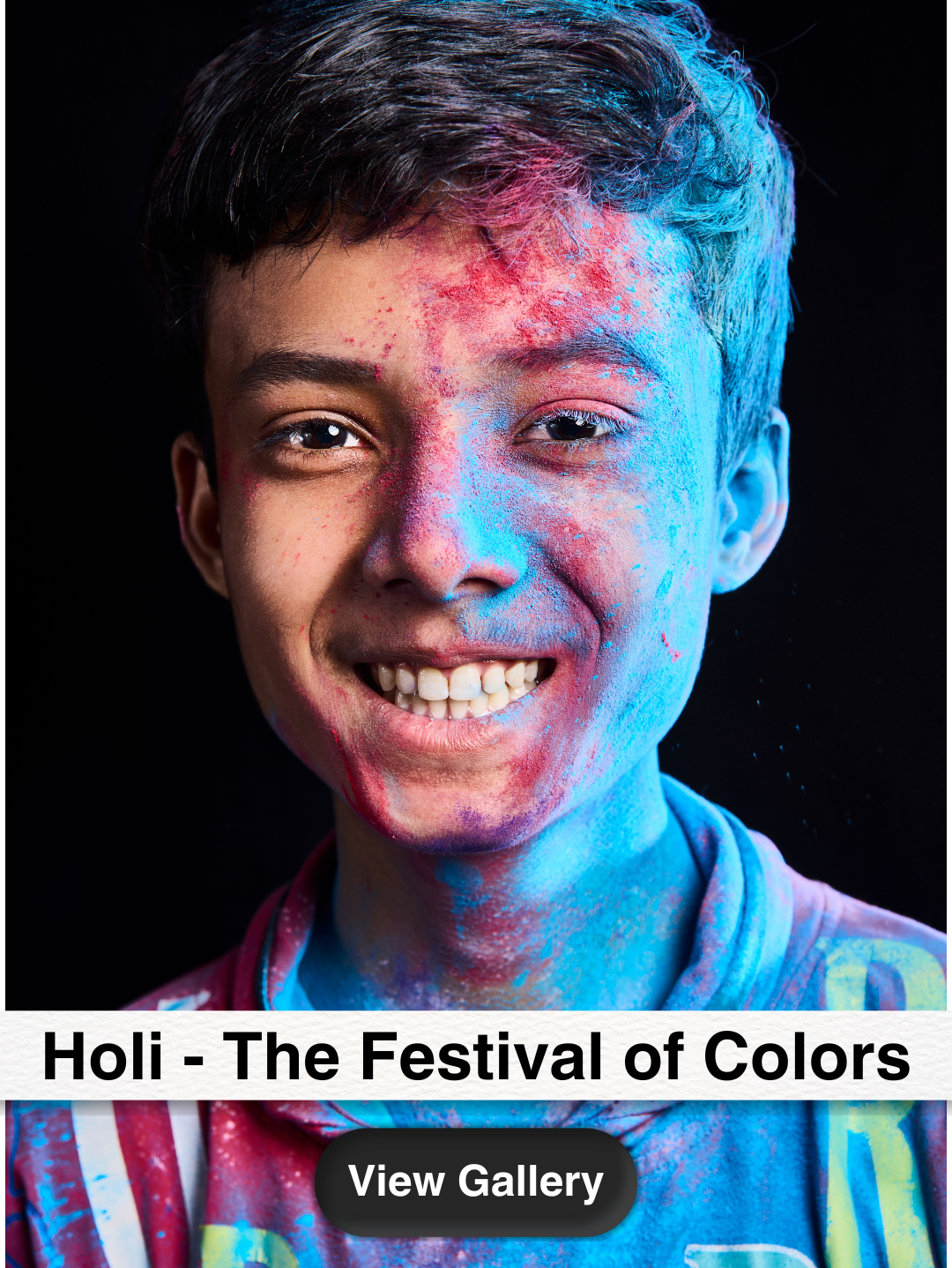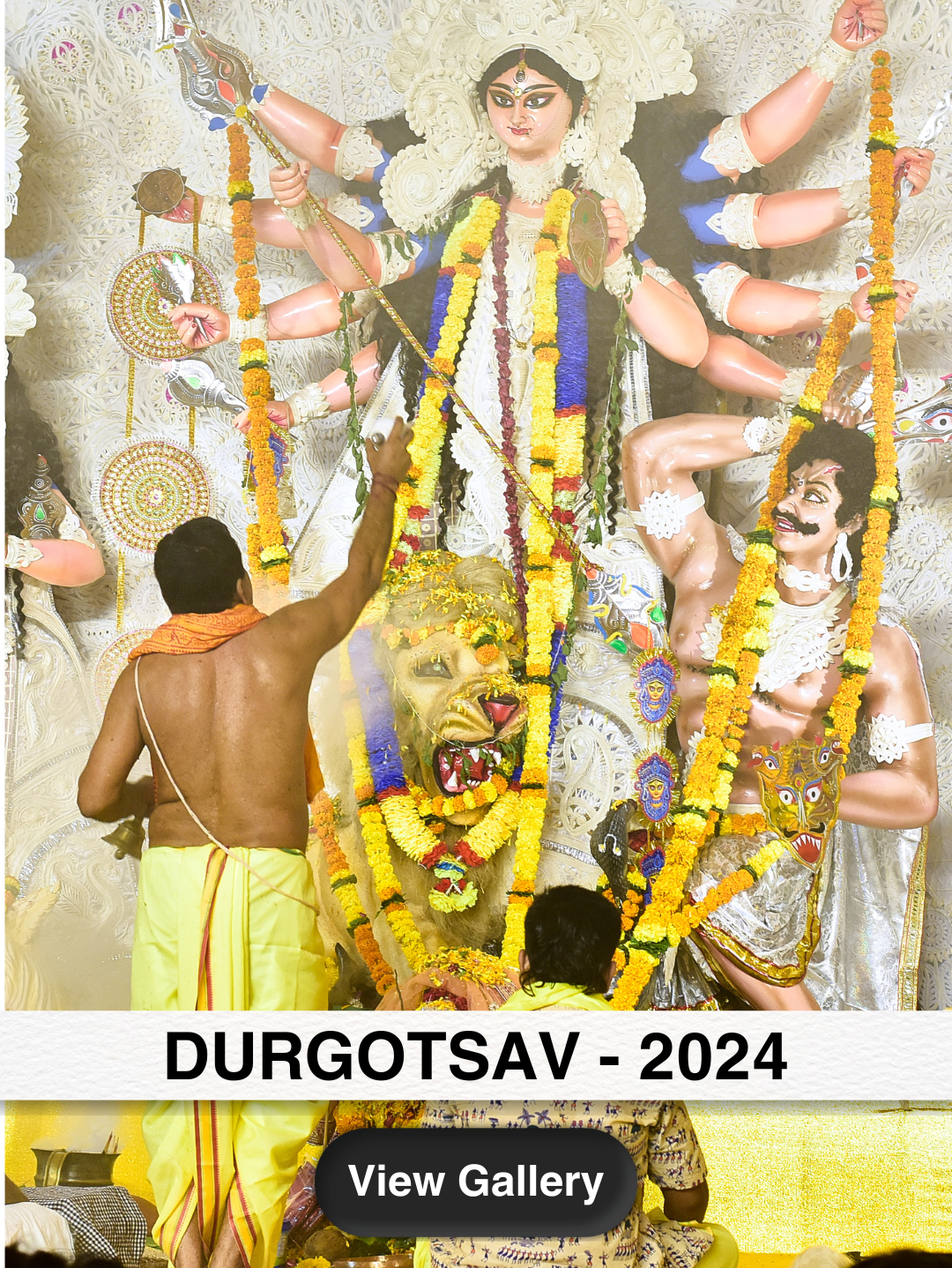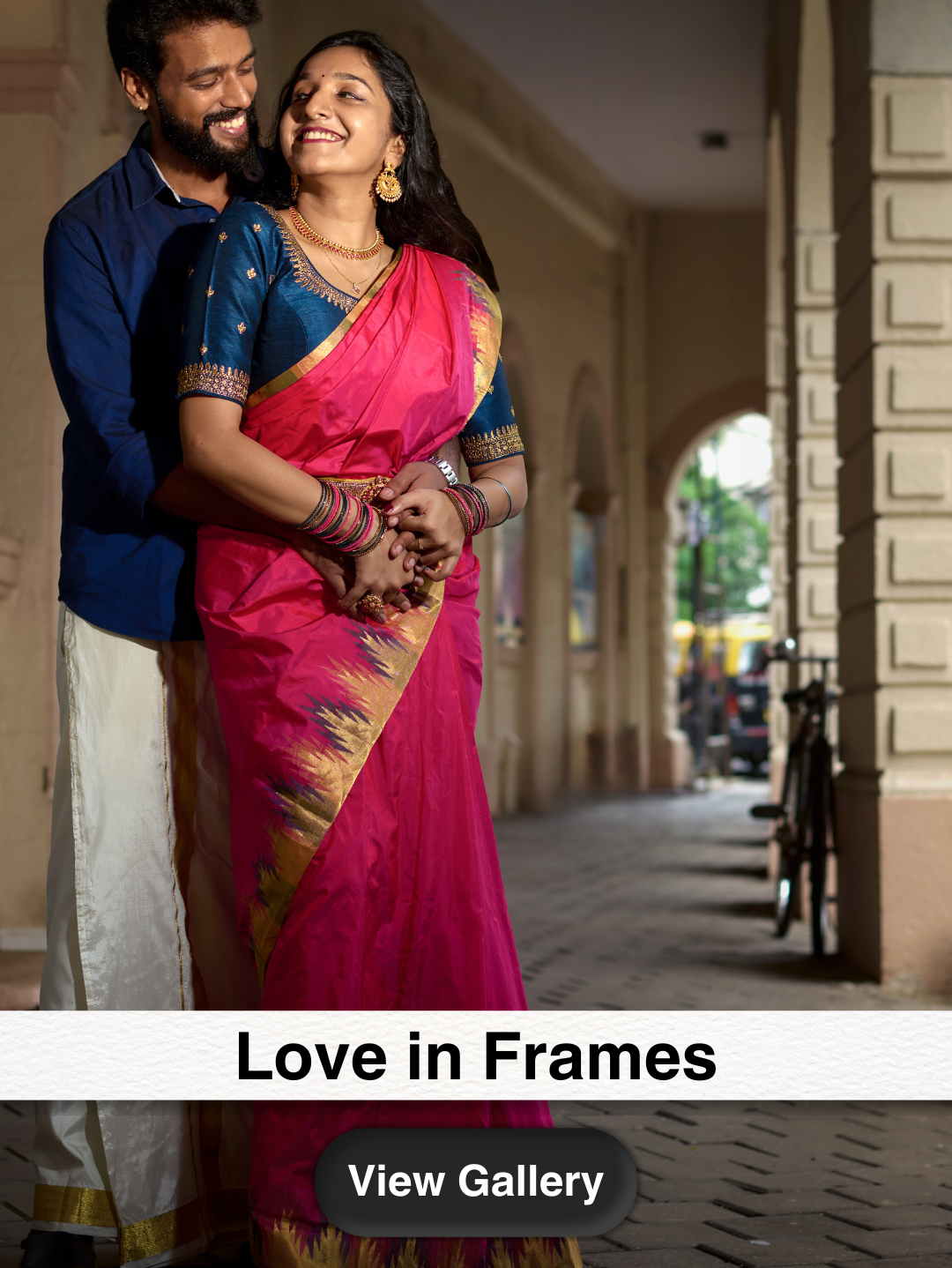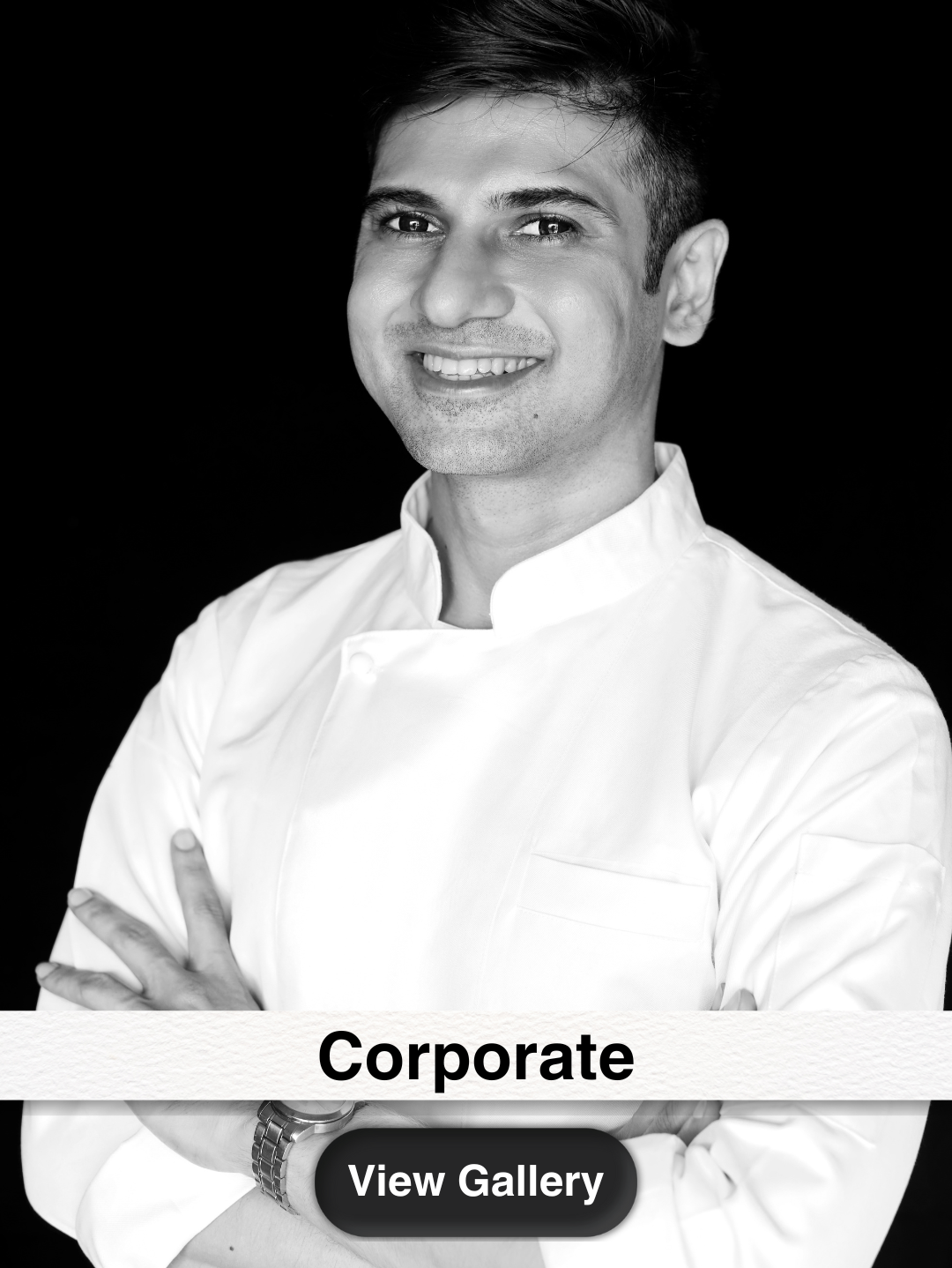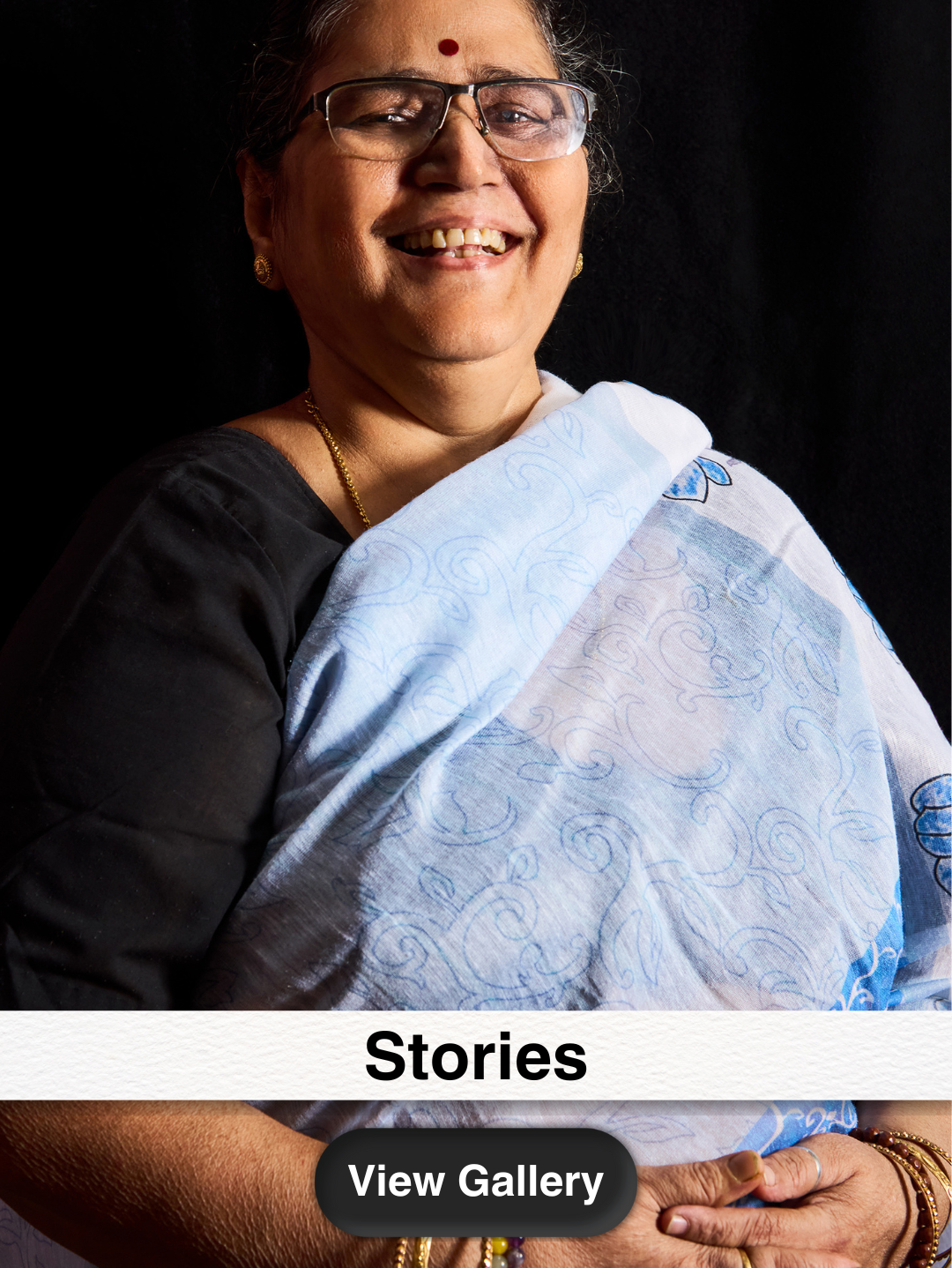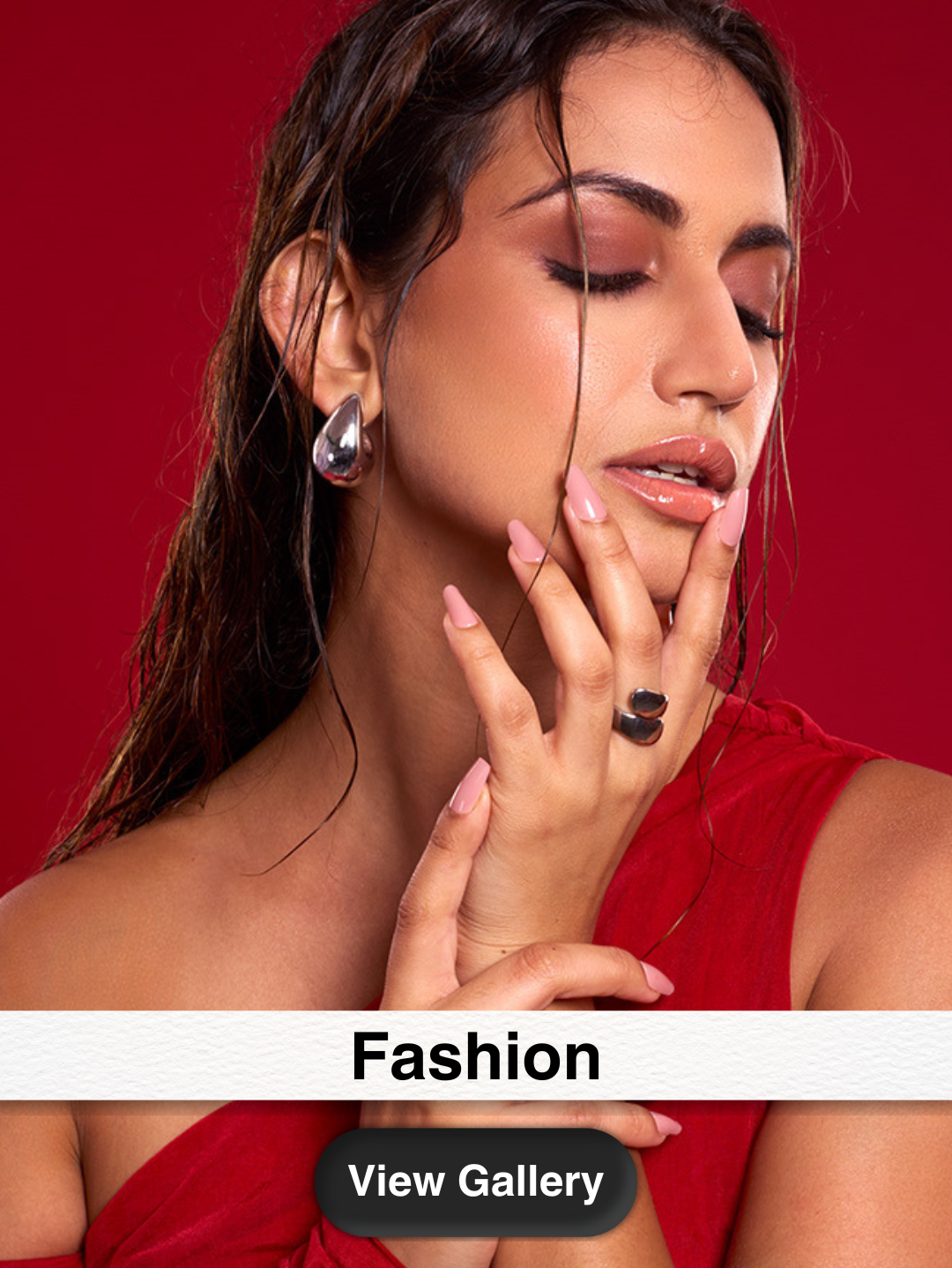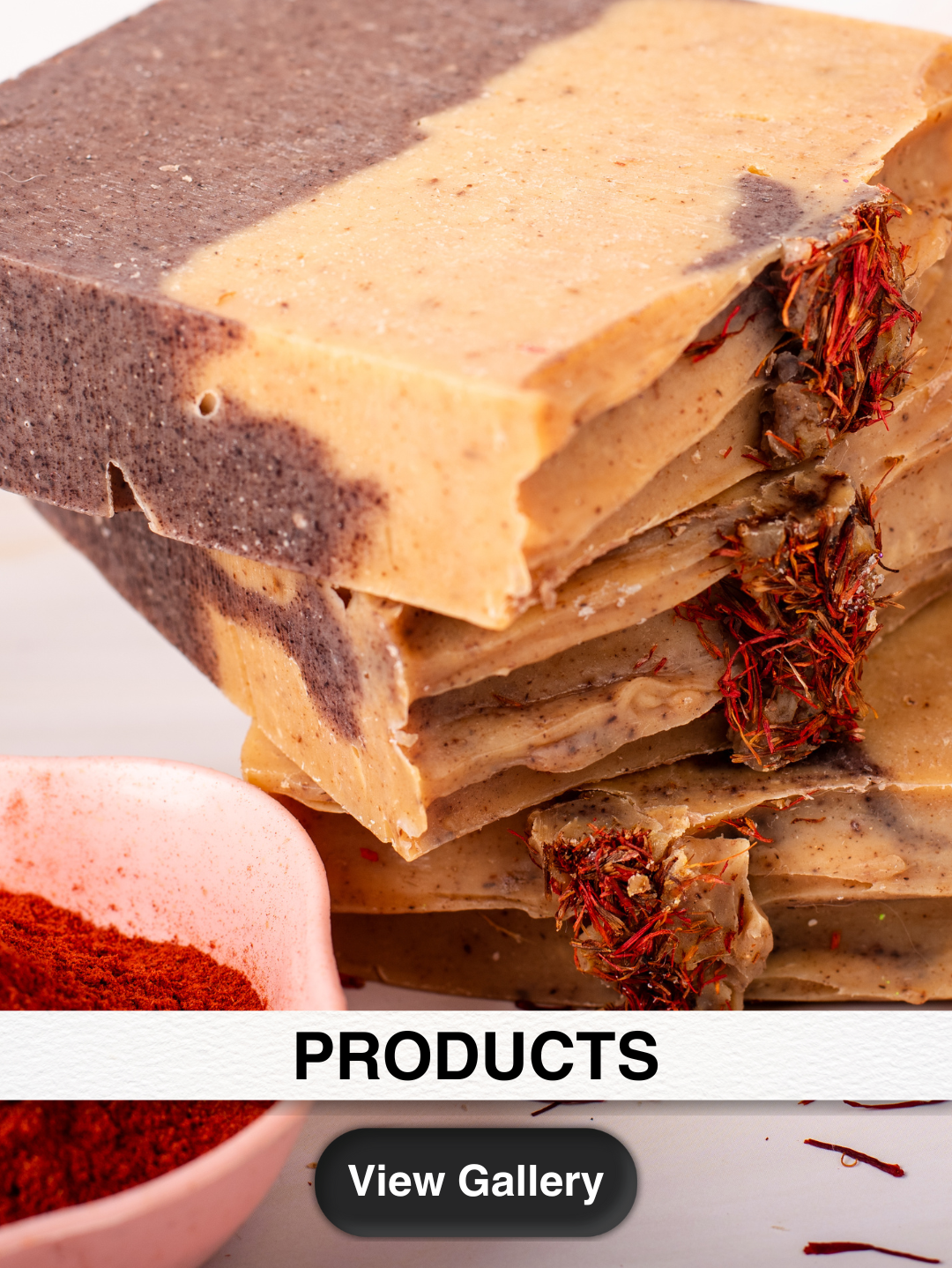The Artistic Journey behind the Durga Maa Idols!
As a Bengali born and raised in Mumbai, I've never experienced Durga Puja in Kolkata firsthand. Yet, the festival holds a cherished place in my heart, a testament to the enduring power of cultural identity.
The legend of Maa Durga has always fascinated me. It’s the story of her creation by Brahma, Vishnu, and Shiva and how she was armed by the Gods with divine weapons to defeat the mighty demon Mahishasur, a symbol of the triumph of good over evil.
I wanted to dive deeper beyond the finished idols displayed in the pandals. I tried to understand the artistry behind the process, the hands that bring Maa Durga to life.
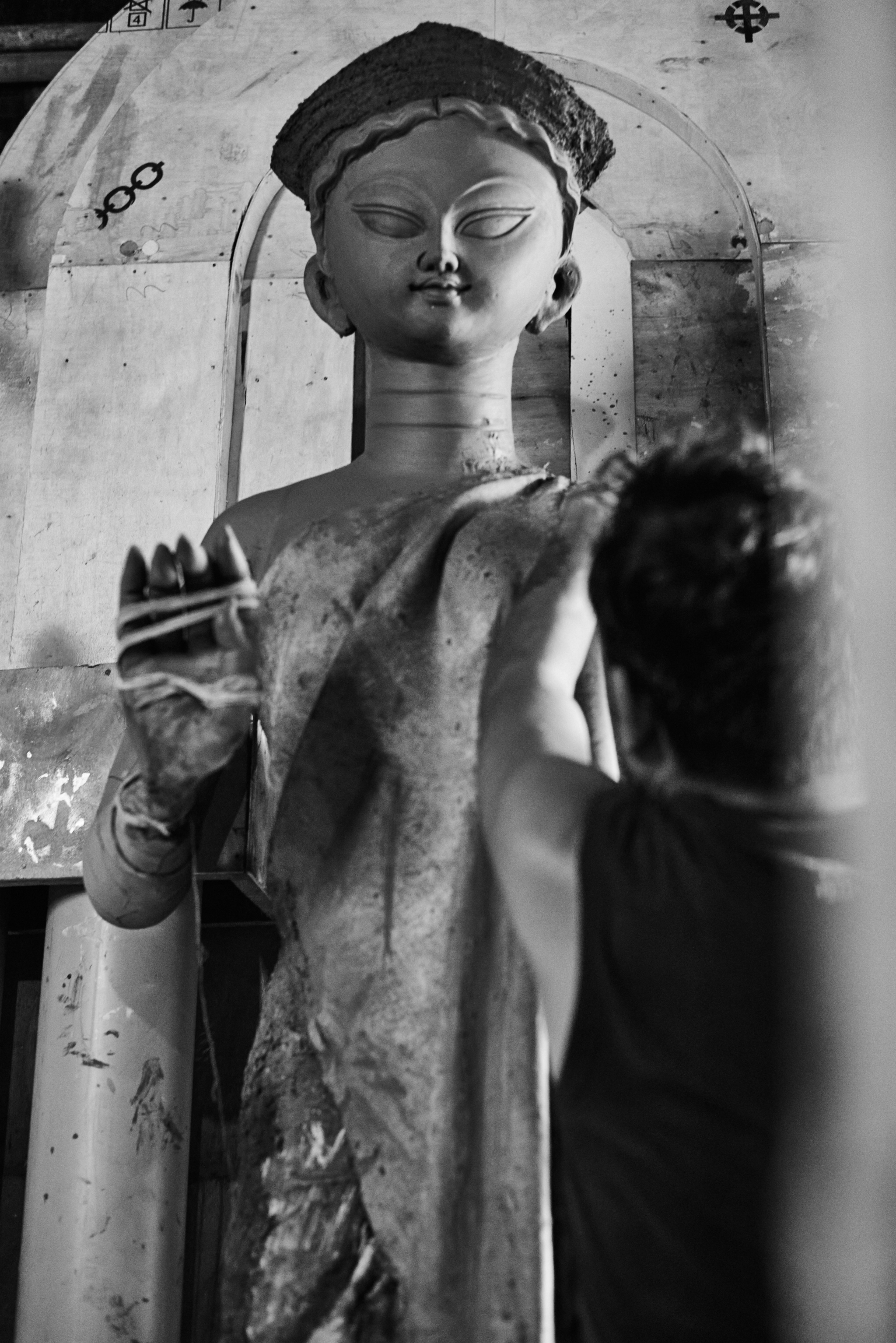
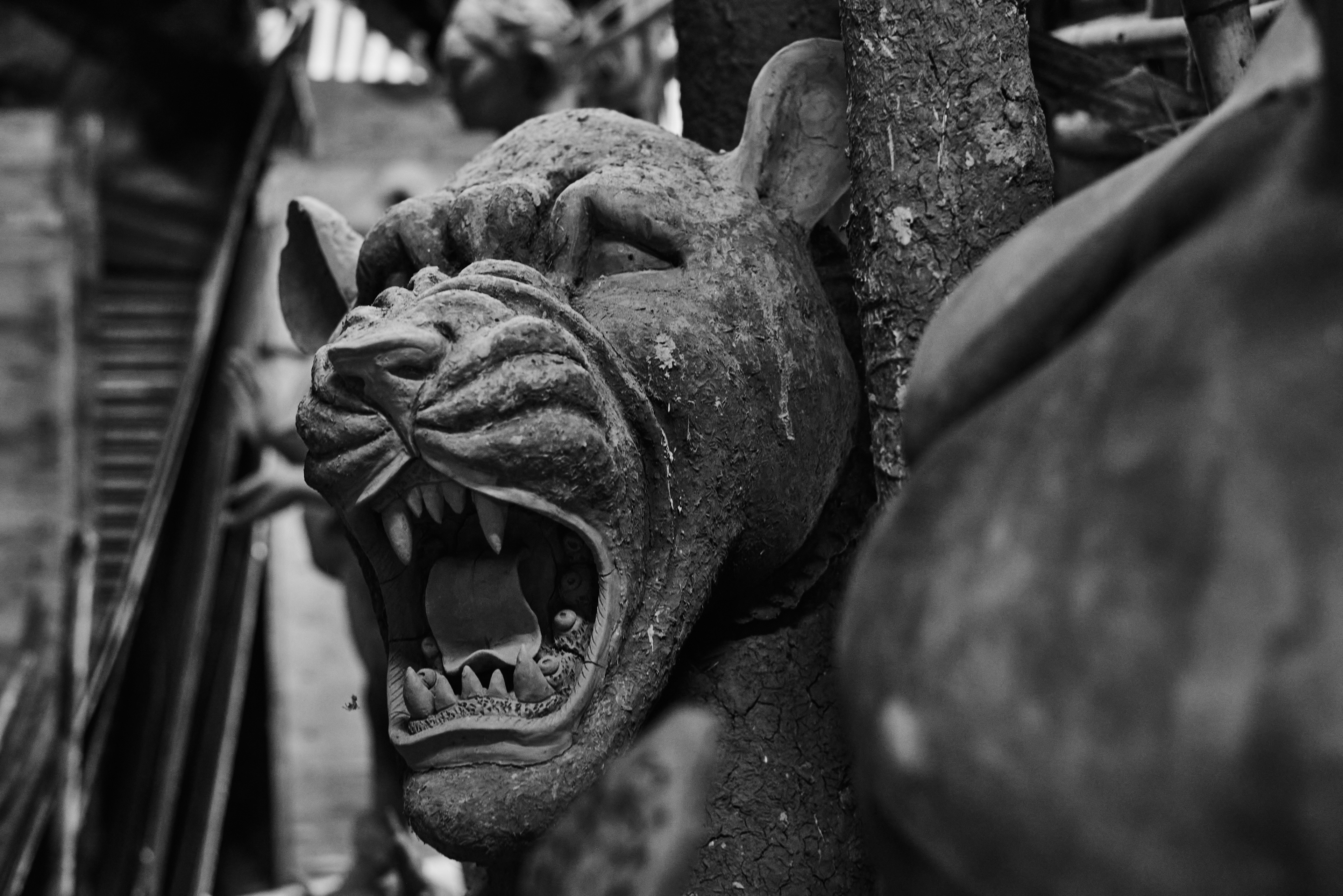
The making of these idols are divided into four stages:
1. Designing: The basic structure is prepared using bamboo. This is followed by shaping the idol with a material called Khor (a Bengali word), which forms the core framework (kathamo; in Bengali).
2. Applying Ganga Matti: After this, the idols are carefully layered with Ganga Matti, sacred soil brought all the way from Kolkata.
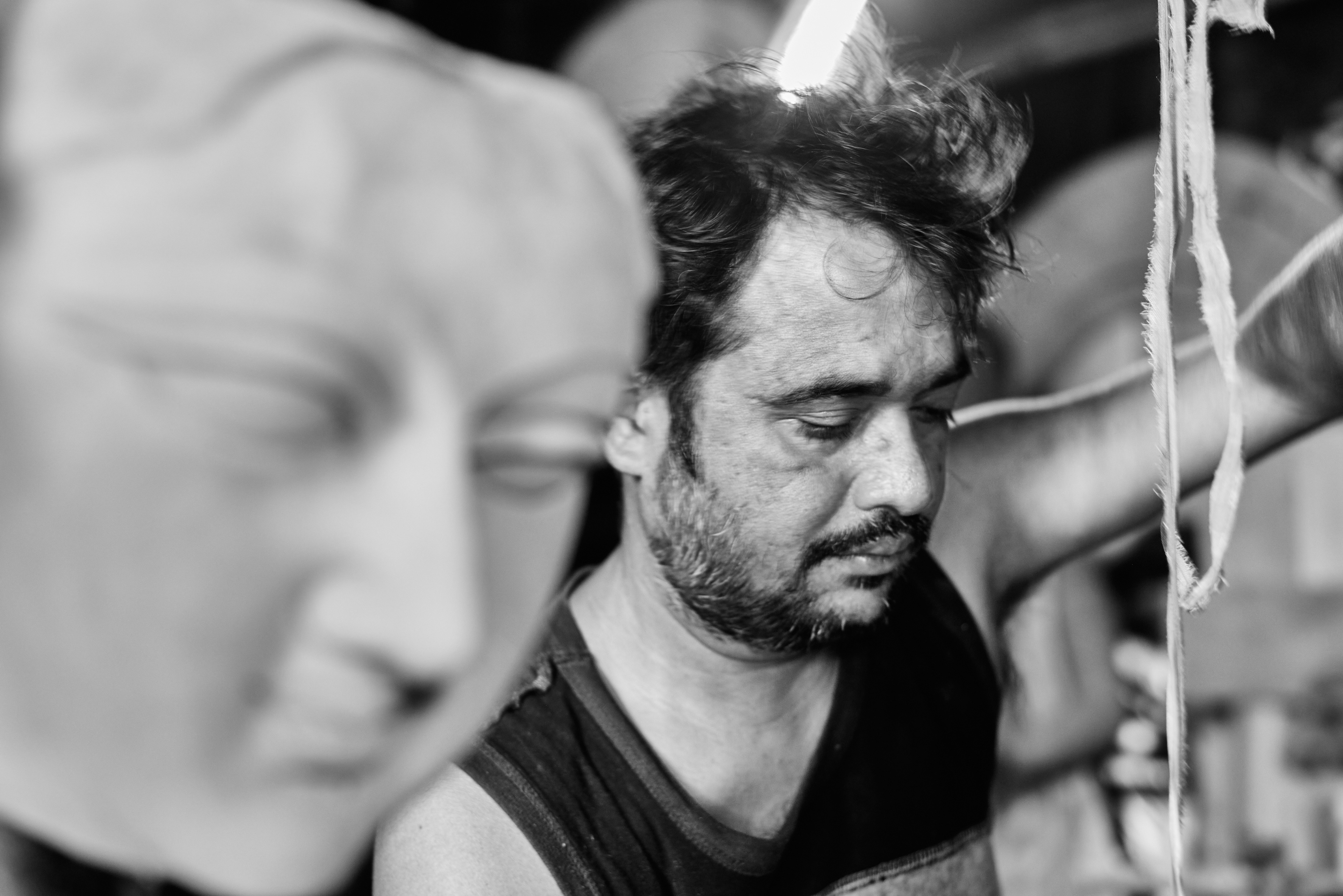
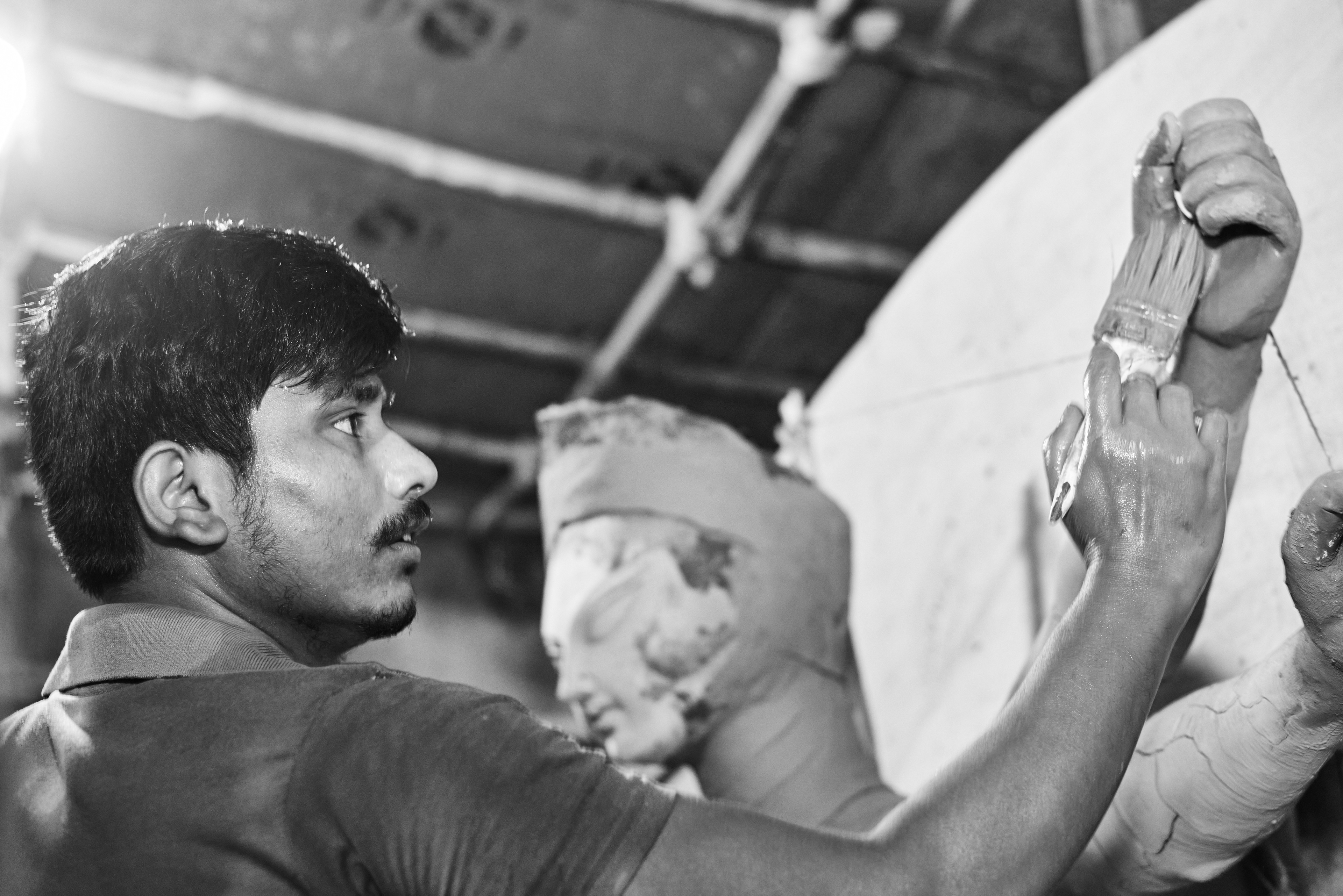
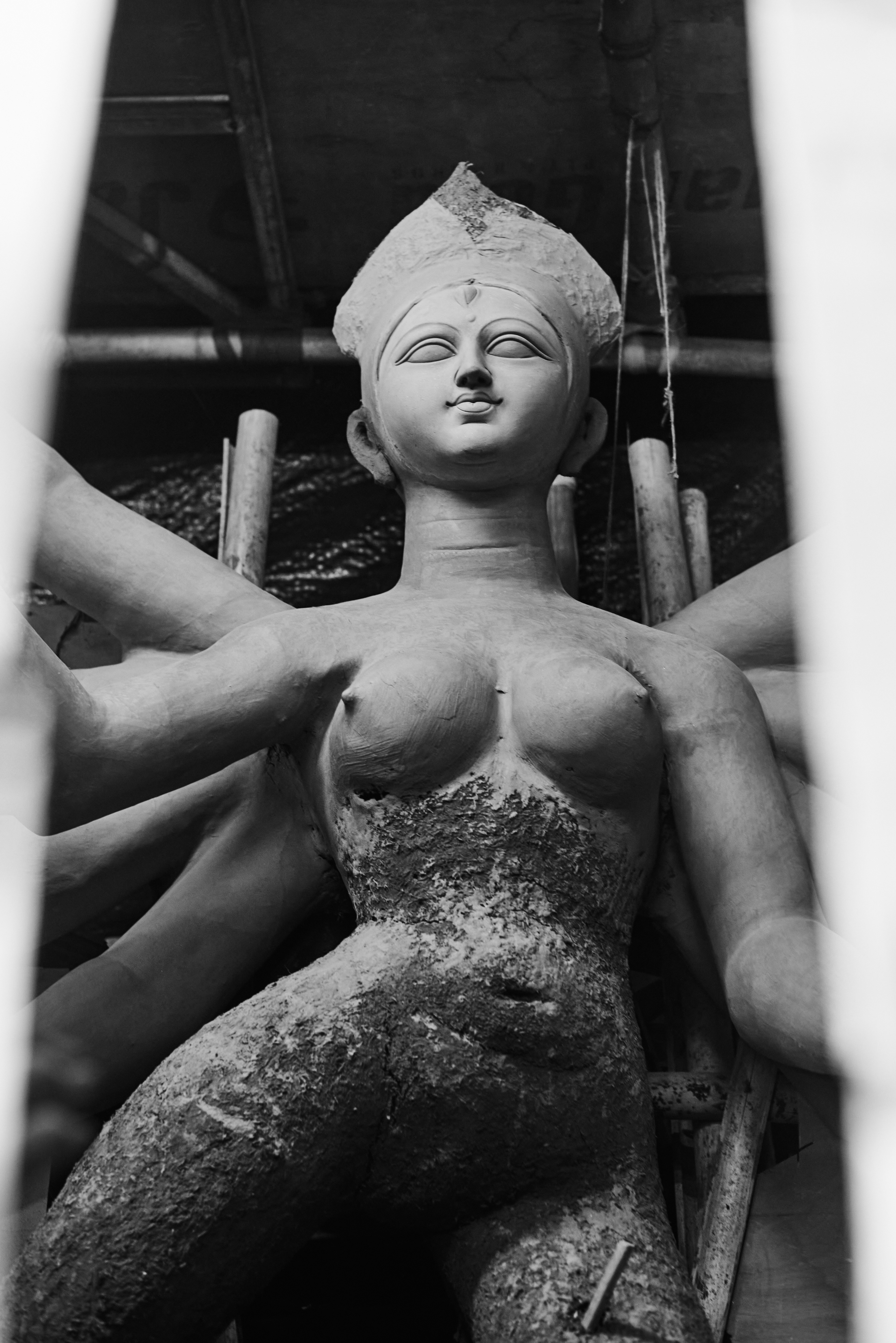
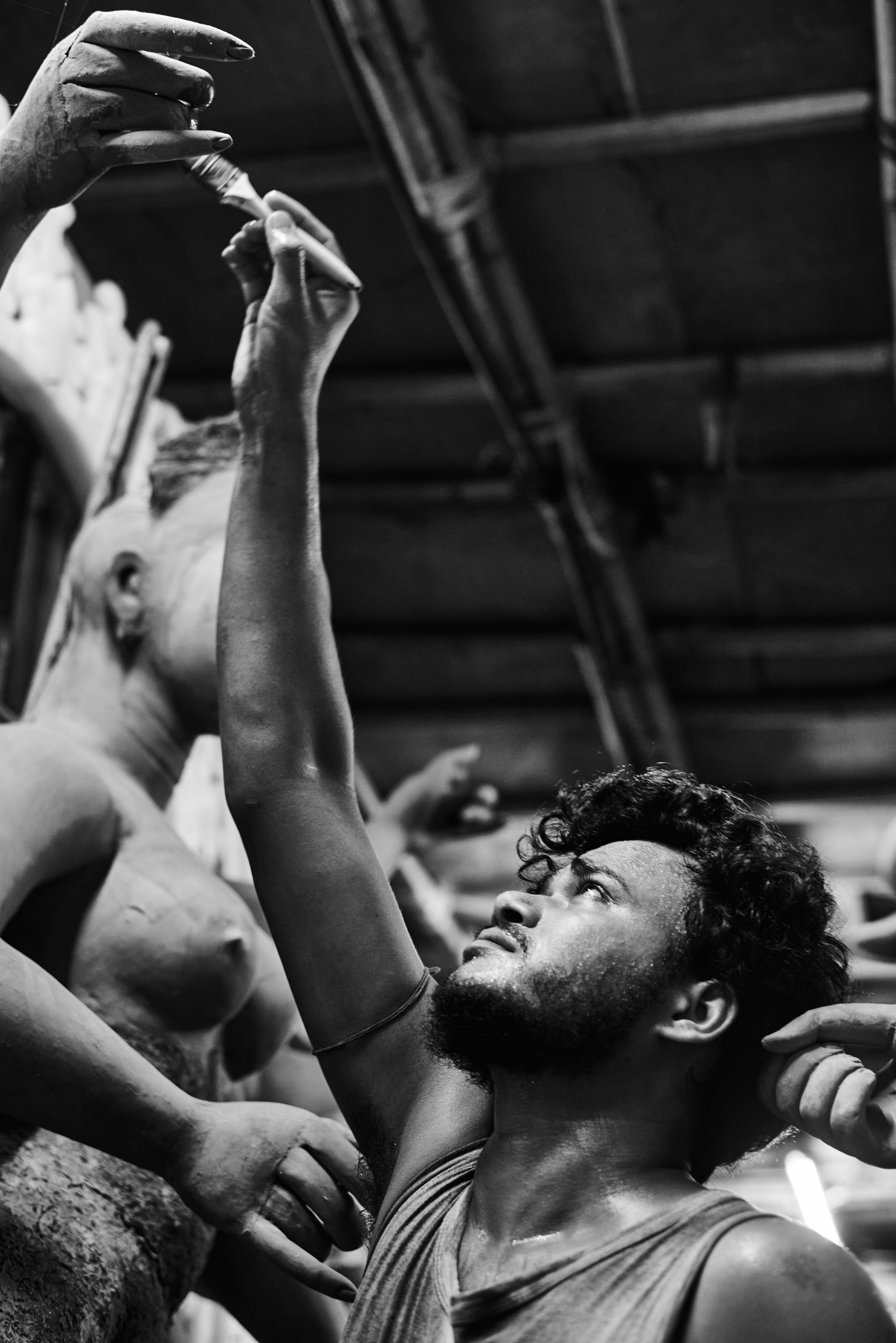
3. Idol Making: One of the most important process where they make the idols forming the faces, arms, legs and the entire body.
4. Colouring: Once the structure takes shape, it is time for the artists to bring Maa Durga to life with vibrant colours through detailed painting.


I am deeply grateful for the opportunity to capture not just the finished idols but also the passionate souls behind them—the artisans who pour their heart into every creation.
A special thanks to Mr. Shubhojit Das, the manager overseeing the sculptors, whose support made this journey even more meaningful. Hailing from West Bengal, he, along with all the talented artisans, welcomed me into their world, allowing me to document these beautiful moments of dedication and craftsmanship. Their hands shape the idols, but their passion and devotion are what truly bring them to life. For that, I am incredibly thankful.
